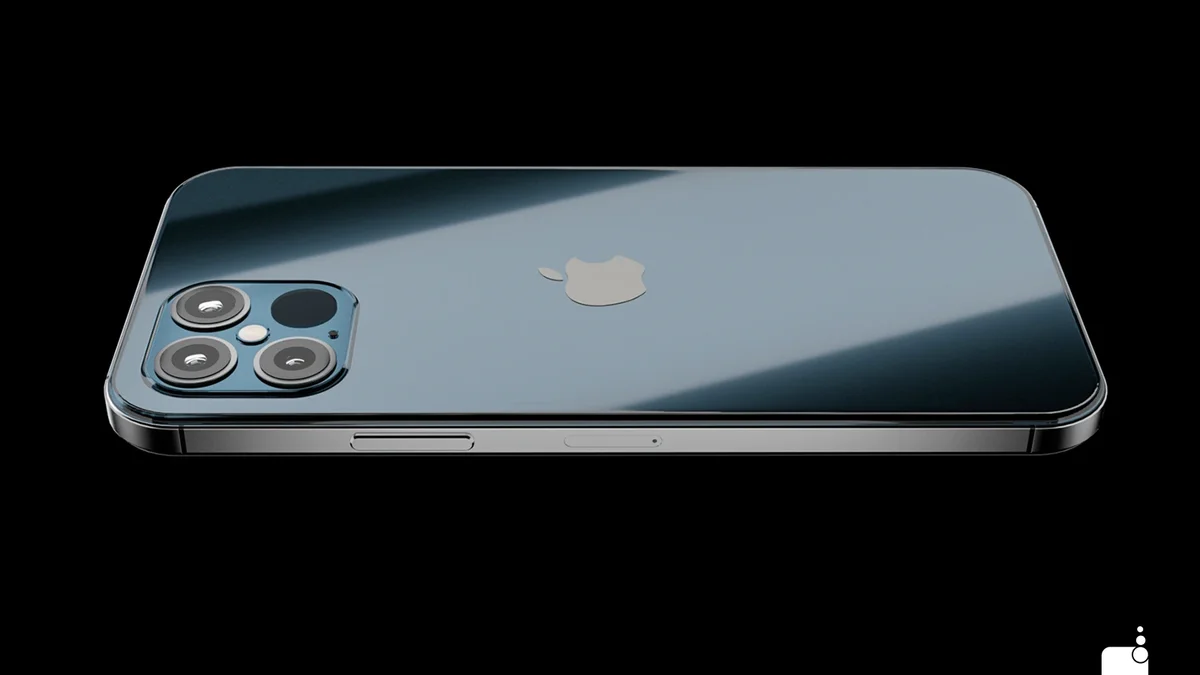iPhone 12 production may not peak until Q1 2021, new models may feature a superior 5G architecture

Patently Apple has spotted a new patent application from Apple about its wireless 5G NR Sub-6 GHz architecture.
The patent is related to radiofrequency systems used for wireless communication of data between devices and/or with a network, and mainly revolves around the 5G NR mmWave and sub-6 GHz wireless technology.
- iPhone 13 price, release date, features, and specs
These radio frequency systems emit wireless signals to help with data transfer. Sometimes, the signals may be absorbed by someone in close proximity to the device.
The rate at which these signals may be absorbed by the human body is regulated by a Maximum Permissible Exposure (MPE) limit for 5G NR mmWave systems, and by a Specific Absorption Rate (SAR) set for sub-6 GHz systems.
Apple has come up with a multi-dimensional architecture to make sure devices operate optimally at all times without putting the user at risk.
Here are some excerpts from the document for the nerd in you:
The radio frequency system may perform a comparison between the transmitted 5G NR signal and the reflected 5G NR signal to determine whether the human body is within proximity to the device. In this example, based on the comparison, the radio frequency system may adjust its output power to meet the MPE. In some embodiments, when the sub-6 GHz technology is used, the radio frequency system may adjust its output power to meet the SAR.
In some embodiments, the hardware may be implemented as a mono-static radar.
Further, in some embodiments, the hardware may be implemented as a Body Detection Sensor operating in the 24 giga-hertz (GHz) band.
The company has also hinted that its solution will be used in future iPhones, iPads, Apple Watches, Macs, and other devices.
Will the iPhone 12 employ this architecture?
Last we heard, the iPhone 12 has already entered production, and given the timing of this patent, it doesn't seem like Apple's solution for 5G NR mmWave systems will be employed by the forthcoming phones.
At the same time, a supply chain report claims that mass production will not begin until November for the models that will support the sub-6GHz frequency band.
Per that report, the iPhone 12 Pro Max, which will likely be the only model with mmWave 5G, will enter mass production in December.
Production is not expected to reach peak levels until the first quarter of 2021.
Taiwanese sources also claim that the 5.4-inch iPhone 12, which will reportedly be called the iPhone 12 mini, and the 6.1-inch model that supports sub-6GHz will be the main sales drivers. Now, this bit is interesting, and it suggests that both higher end models will support the fastest 5G speeds.
Apple is expected to unveil the iPhone 12 in the second week of October.
Follow us on Google News













Things that are NOT allowed:
To help keep our community safe and free from spam, we apply temporary limits to newly created accounts: